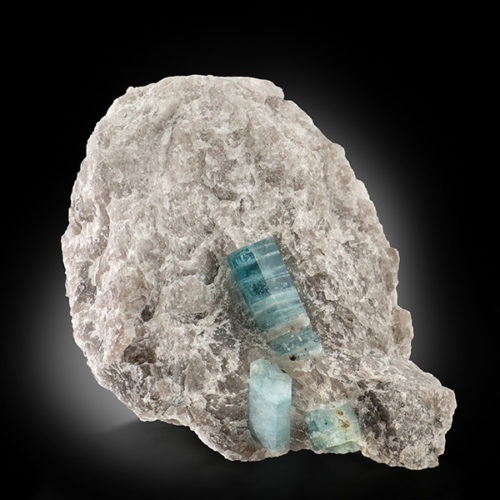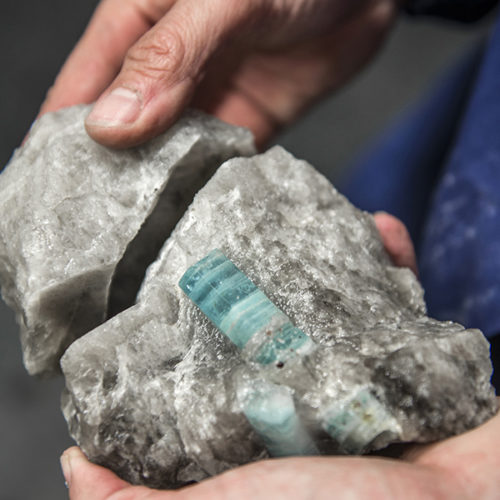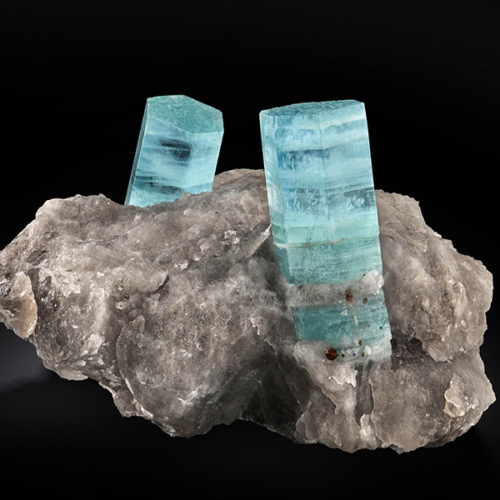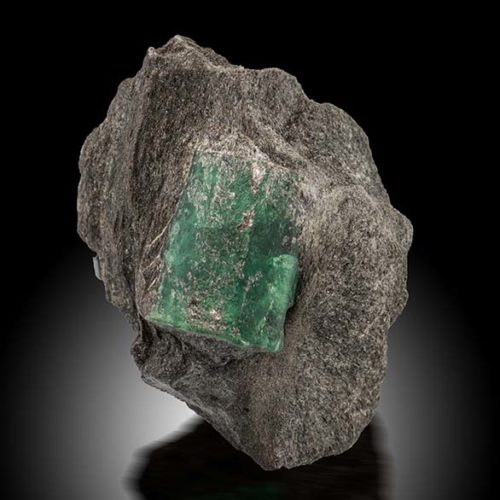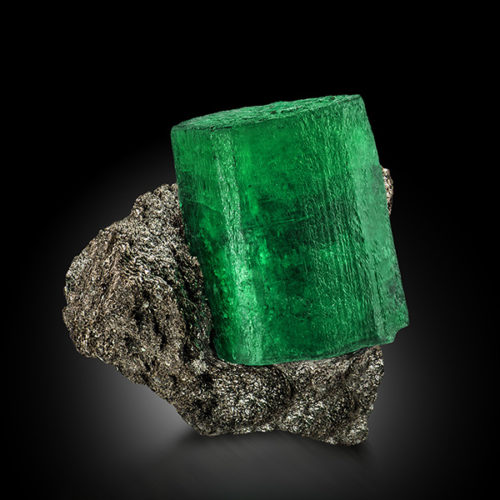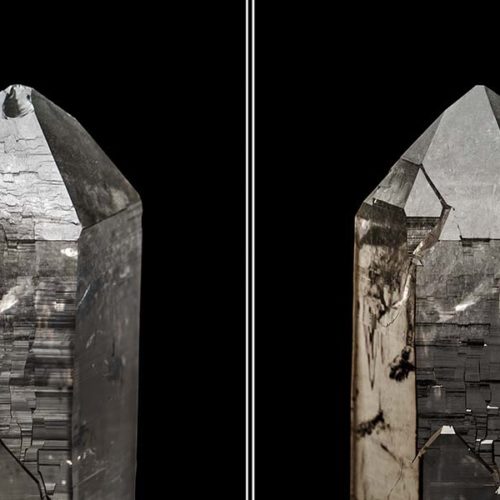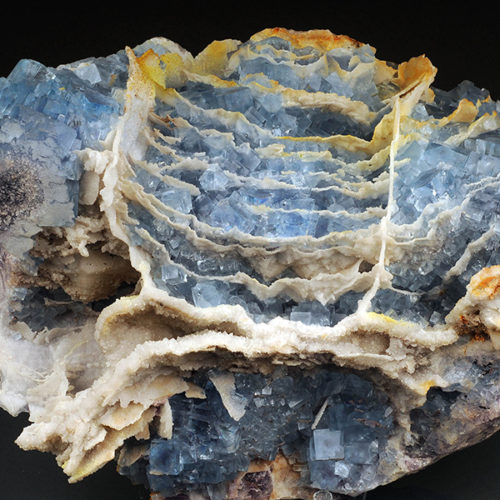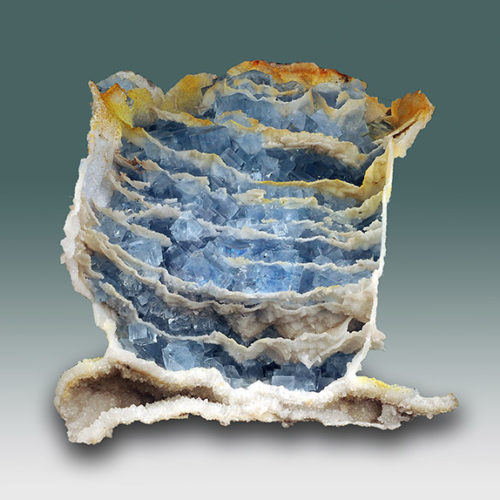
As reported in Pezzotta & Trinchillo (2016) mineral specimens processing techniques are distinguished into two categories:
Fundamental: These are necessary techniques undertaken in order to preserve a subject’s integrity and/or to remove any foreign or extraneous material to improve its appearance.
- Techniques applied to prevent decomposition and alterations.
- Stabilization of materials that are in danger of becoming dislocated from their original position or stabilization of materials that are prone to breakage because of their fragile nature.
- Assembling parts of an object that have already become separated to return the object closer to its original state.
- Removal of an excess volume of material that is a clear detraction to the essence of the specimen.
- Removal of coatings, surface dirt and mud, and generally any matter that is not a direct component of the original formation of the target mineral itself.
Complementary: These applications typically encompass those of the fundamental sort, but take the process to a further level of enhancement.
- Manipulation of the matrix, reducing the overall volume to yield the most aesthetic presentation of the dominant crystallized minerals.
- Manipulation of the matrix, reducing the overall volume to yield a specimen that not only displays the dominant crystal in the most aesthetic way, but so the final result conforms with a predetermined size criteria. For example, trimming of a larger specimen to yield a thumbnail, miniature, small cabinet, or cabinet size specimen and so on.
- Advanced cleaning applications, utilizing both mechanical and chemical processes to remove various distractions, such as encrustation of non-dominant minerals on the dominant ones, oxidations affecting the surface of dominant crystals, and infilling of cracks that are a visual detraction to the overall aesthetics or final display of the specimen.
- Restoration of missing volumes of either the matrix or the dominant crystals themselves to create a more attractive and complete appearance.
Additional special procedures are available for re-processing specimens lab-processed in the past in other labs to help them achieve a higher standard. For example, dissolving oils or resins used in the past for restoration or impregnation, or for disassembling repaired crystals and specimens.
Virtual processing through the use of software on high-resolution photos is performed in special cases in which it is necessary to evaluate the final aesthetics to establish the best plan of work.
For treatments such as stabilization, repair, and restoration, M.C.P. refers to the definitions reported in www.collectorsedge.com.
